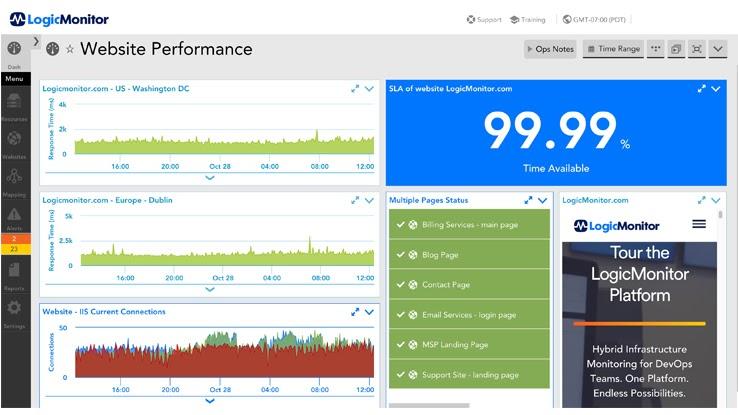How Can Network Design Tools Be Used for Network Design

Network sniffers, as their name suggests, work by "sniffing" at the packets of data that are flowing along a network of computers. The process, however, involves more than "sniffing" as network sniffers intercept, capture and analyze the data packets.
The sniffer then interprets the captured packets of data and consolidates them into information that humans can comprehend. The process is akin to eavesdropping on a voice conversation, but instead of audio, sniffers are listening in on the streams of data. Also known as a packet, wireless and Ethernet sniffers; packet analyzers; network probes; and snoops, these software tools also come in the form of hardware devices.
Network Sniffers: A Closer Look
Computers within a network communicate by sending packets of data out into the network. Only the intended destination computer receives the data while the other computers ignore it altogether. The raw data traversing through the local network is unintelligible since it is broken down into packets.

Once the packet reaches its destination, the computer reassembles the data packets and then responds accordingly. These back and forth exchanges between computers in a local network take place constantly, and the speed of communication is measured in megabytes and gigabytes per second.
To illustrate further, imagine a room with 10 people. The people represent computers and the room being the network. When one person says something aloud to another in the room, only the person to whom the message was for will hear and respond to the person talking, while the others will be oblivious to the conversation taking place by default. Someone with a network sniffer, on the other hand, will be hanging on every word.
Instead of ignoring the communications between computers in a local network, a computer with a network sniffer listens in by keeping its network interface card (NIC) open. It takes a snapshot of the data packets passing through, reassembles them and then displays the decoded information on the user interface.
Network monitoring tools are not entirely new programs. Network administrators and information technology (IT) experts have long used them to analyze and improve network speed and performance. Analyzing data from monitoring tools helps network administrators detect bottlenecks that are slowing down the flow of data and clue them in on how to resolve the issue.

Analyzing patterns in the flow of data packets enable network administrators to identify potential problems that can cause outages and network downtimes. This buys them enough time to take measures to prevent interruptions in network processes. Because network monitoring tools also provide administrators with an overview of network traffic volume, they can more accurately predict when a system upgrade is warranted to handle heavier network traffic.
Network sniffers can also play a critical role in early detection of network security vulnerabilities and even intrusion attempts. They can thus be configured to work with alongside security applications to help prevent network breach. Among the most popular network monitoring tools for corporate and small and medium-sized enterprises (SME) use are LogicMonitor, Paessler and Spiceworks.
How Network Sniffing Programs Can Be Abused
Understanding how network sniffers work will likewise make it easier to understand how it can be abused. Apart from the regular data exchanges between computers in a local network, sniffers can also collect information such as port numbers, internet protocol (IP) addresses and application details. Hackers can use this information to hack into networks and computers. The availability of free network sniffers has also made it possible even for amateur hackers to snoop around unsecured Wi-Fi networks.

The most obvious concern about network sniffers is that they are capable of gathering a computer user's credentials, including login and password via an unsecured network. Whenever a user signs into a personal online account, the user sends it out into the computer network, and network sniffers can intercept this information. This is one of the main reasons why users of free public Wi-Fi, such as those available in cafes, airports or hotel lounges, are told to use the service with caution.
Of course, some establishments offering public Wi-Fi are conscientious enough to use security measures such as data encryption to protect their patrons. There are also simple but effective ways of protecting yourself from malicious network sniffers. One such way is to refrain from using public Wi-Fi altogether.
If you need to use public Wi-Fi, avoid websites that require you to log in and type in a password. Do not conduct any financial transactions online unless you use a secure network like your internet connection at home. It will also be a good idea to use a virtual private network or virtual private network (VPN), which encrypts the relay of data between your computer and a website.
MORE FROM QUESTIONSANSWERED.NET
How Can Network Design Tools Be Used for Network Design
Source: https://www.questionsanswered.net/article/how-network-sniffer-software-tools-work-2?utm_content=params%3Ao%3D740012%26ad%3DdirN%26qo%3DserpIndex
0 Response to "How Can Network Design Tools Be Used for Network Design"
Post a Comment